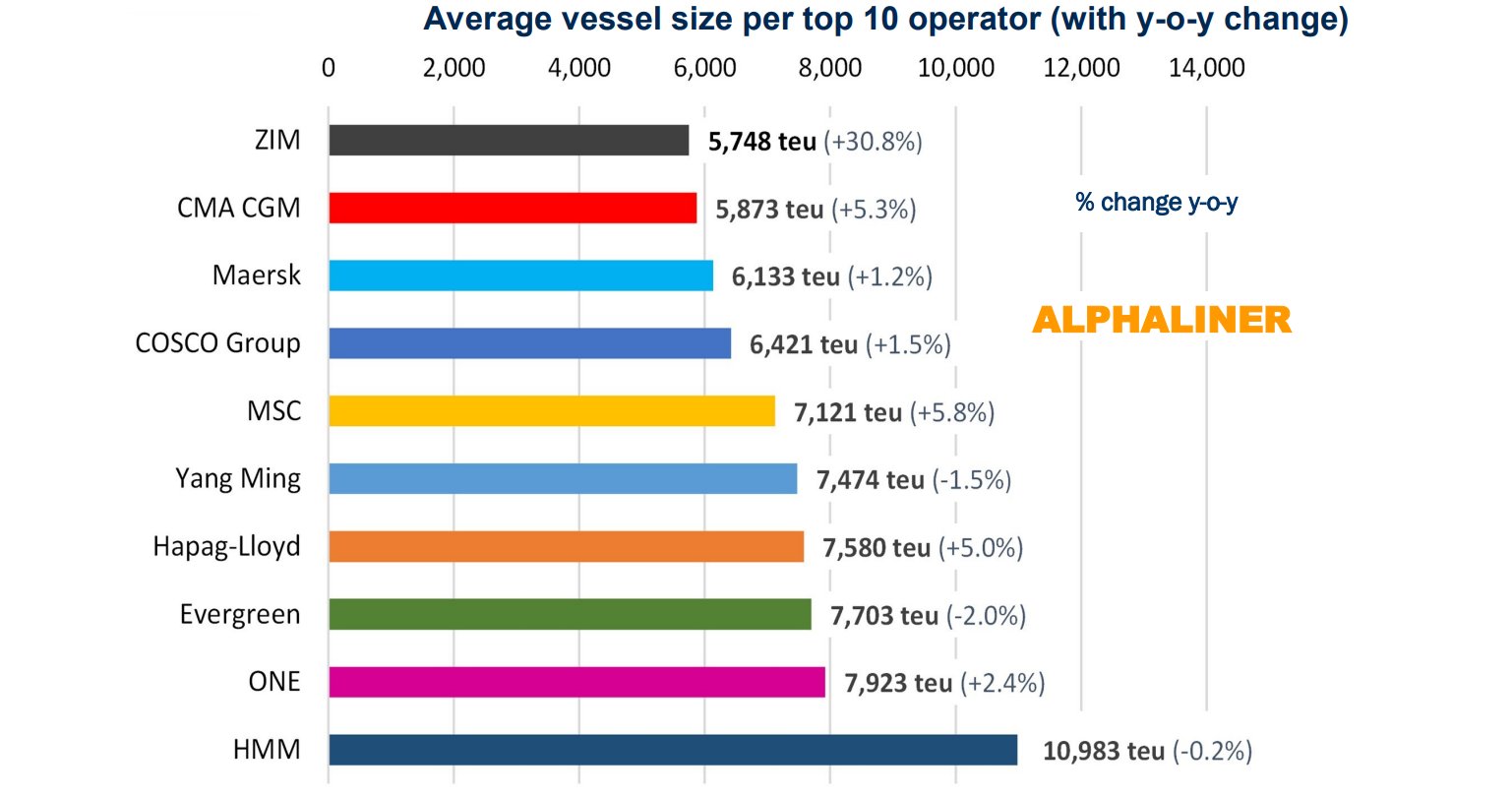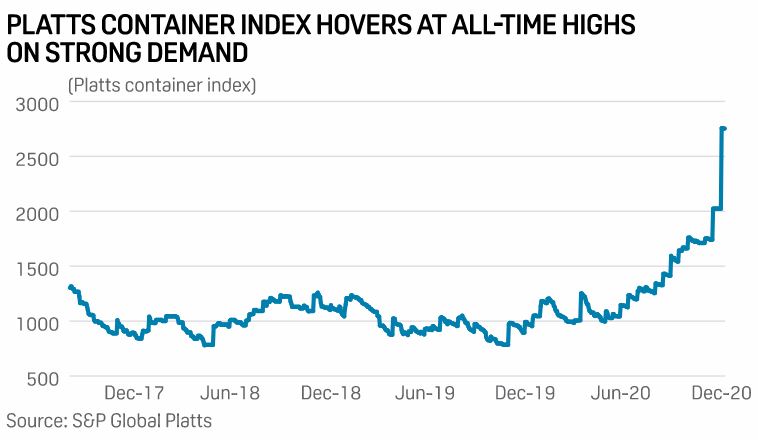

Container shipping remains disrupted by box equipment shortages which are restricting available capacity and so forcing freight rates to record highs. However, this is being driven by empty container repositioning issues rather than inadequate fleet.
According to Drewry’s Container Equipment Forecaster, the global ocean-borne container equipment fleet is expected to end the year having declined 1.1% to 39.9 million teu, compared to a 3.3% projected fall in 2020 global container port handling. This suggests that the former has more than kept pace with the latter.
However, as well known, 2020 has been a year of two halves: the first dominated by a severe trade contraction when carriers blanked record sailings; and the second half by a recovery in cargo demand, the extent of which took everyone, including BCOs, by surprise. Drewry estimates that global container port throughput declined almost 6% in 1H20 and boomed over 10% through the final six months of the year.
But despite this unexpected surge, the ratio of port throughput per shipping container, a key measure of equipment availability, only reached a reading of 20 in 2H20, which is not particularly high by historical standards. This is indicative of sufficient equipment fleet to support ongoing cargo demand.
Rather, it is the disruption to container supply chains wrought by the unprecedented number of blanked sailings, which reached as high as 30% of sailings on some trades back in 2Q20, that led to the current shortage of empty containers in key cargo demand centres such as China.
Source: Drewry
Follow on Twitter:
[tfws username=”DrewryShipping” height=”700″ width=”350″ theme=”light” color=”#FAB81E” tweets=”2″ header=”yes” footer=”yes” borders=”yes” scrollbar=”yes” background=”yes”]













